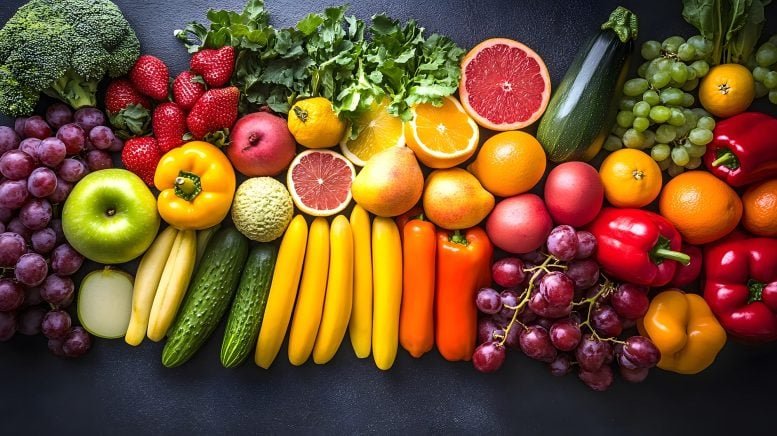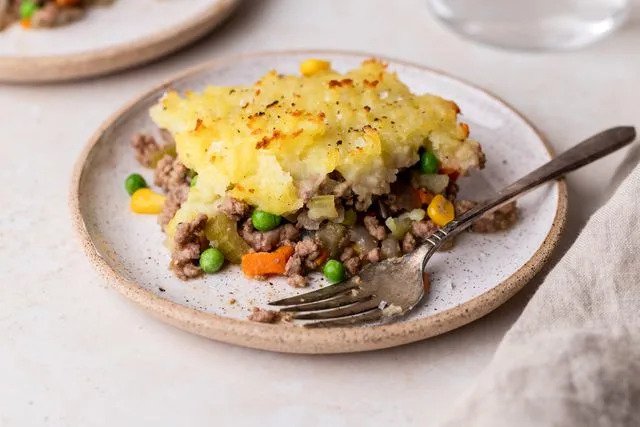
In recent years, especially after the COVID-19 pandemic, a significant number of people in India have turned toward natural foods and herbal remedies. Rising healthcare costs, gym closures, lockdowns, and a strong focus on boosting immunity have encouraged consumers to explore affordable, home-based, and traditional health options. Today, natural and herbal approaches are no longer viewed as luxury choices but as practical, accessible pathways to better health.Growing use of AYUSH and herbal remedies

According to the 79th round of the National Sample Survey Office (NSSO), conducted between July 2022 and June 2023, 46 percent of rural Indians and 53 percent of urban Indians used the AYUSH system in the past year. AYUSH includes Ayurveda, Yoga and Naturopathy, Unani, Siddha, and Homeopathy, and is increasingly used for both prevention and treatment of ailments.Awareness of AYUSH is remarkably high, with 95 percent of rural and 96 percent of urban respondents reporting familiarity with the system. In certain states, such as Kerala, the adoption rate is even more pronounced. Over 50 percent of Kerala’s population, both rural and urban, reported using AYUSH services in the previous year.Role of brands in awarenessMajor Indian brands like Patanjali have played a transformative role in increasing the visibility and accessibility of herbal and Ayurvedic products. Patanjali’s fast-moving consumer goods (FMCG) range, which includes personal care, food, and wellness items, experienced rapid growth. Their pricing strategy often undercuts imported or chemically based alternatives, making traditional remedies more affordable to the average consumer.
| # | Category | Data / Statistic |
|---|---|---|
| 1 | AYUSH Usage (Rural) | 46% of rural Indians used AYUSH in the past year |
| 2 | AYUSH Usage (Urban) | 53% of urban Indians used AYUSH in the past year |
| 3 | AYUSH Awareness (Rural) | 95% of rural respondents are aware of AYUSH |
| 4 | AYUSH Awareness (Urban) | 96% of urban respondents are aware of AYUSH |
| 5 | AYUSH Usage in Kerala | Over 50% of both rural and urban populations used AYUSH |
| 6 | Average Annual AYUSH Spending (Rural) | ₹472 per person |
| 7 | Average Annual AYUSH Spending (Urban) | ₹574 per person |
The success of such brands has helped catalyze broader consumer demand. As people increasingly prioritize natural ingredients and immunity support, Ayurvedic and herbal product categories have outpaced many conventional FMCG segments in growth.Affordable Natural Foods for Everyday Health

For individuals and families seeking affordable, nutrient-rich foods, several natural options stand out:Legumes and Pulses: Lentils, chickpeas, and beans are rich in protein, fiber, and iron, making them highly nutritious and cost-effective.Whole Grains and Millets: Millets such as ragi, bajra, and jowar, along with brown rice, are nutrient-dense and often locally sourced.Leafy Greens and Seasonal Vegetables: Vegetables like spinach, amaranth, and fenugreek provide essential vitamins and minerals at a low cost.Seasonal Fruits: Bananas, guava, papaya, and other local fruits are affordable, widely available, and contribute to immunity.Herbs and Spices: Common kitchen ingredients such as turmeric, ginger, garlic, cumin, coriander, and tulsi offer natural antioxidant and anti-inflammatory properties.Cost comparisons and spending patternsAccording to the NSSO survey, rural Indians spent an average of ₹472 per year on AYUSH care, while urban residents spent around ₹574 annually. These figures reflect that traditional health practices are not limited to high-income groups and are often integrated into the lifestyles of lower- and middle-income households.Furthermore, the same survey found that 46 percent of rural and 53 percent of urban Indians used AYUSH in the past year, indicating widespread acceptance and integration of these systems into everyday health management.Why natural and traditional approaches matter moreThere are several reasons for the growing preference for natural and traditional methods:Natural foods and herbal treatments are often locally sourced, helping reduce transport and packaging costs.Many households turn to AYUSH or herbal remedies for mild symptoms, wellness, or preventive care, potentially reducing the need for costly medical interventions.There is a strong emotional and cultural trust in traditional remedies, which encourages consistent use and adherence.What to consider while buying grocery itemsWhile natural products and traditional systems offer many benefits, it is essential to approach them with care:Natural does not always mean safe. Quality, purity, and proper dosage are critical factors.Herbal remedies can support wellness and help with mild conditions but should not replace prescribed medical treatment for serious illnesses.Even natural foods can become expensive in areas with limited supply or when they rely on imports.Affordable nutrition and health care do not require compromising on quality. Post-COVID trends highlight a clear shift in consumer behavior, with increasing reliance on AYUSH systems, herbal remedies, and natural foods. Brands like Patanjali have helped bring these options into the mainstream, making them more accessible across income levels.By focusing on locally available foods such as pulses, seasonal vegetables, herbs, and whole grains, and incorporating trusted wellness practices, individuals can maintain good health without excessive spending. As India continues to blend tradition with modern wellness goals, natural living has become both a cultural revival and a practical solution.






